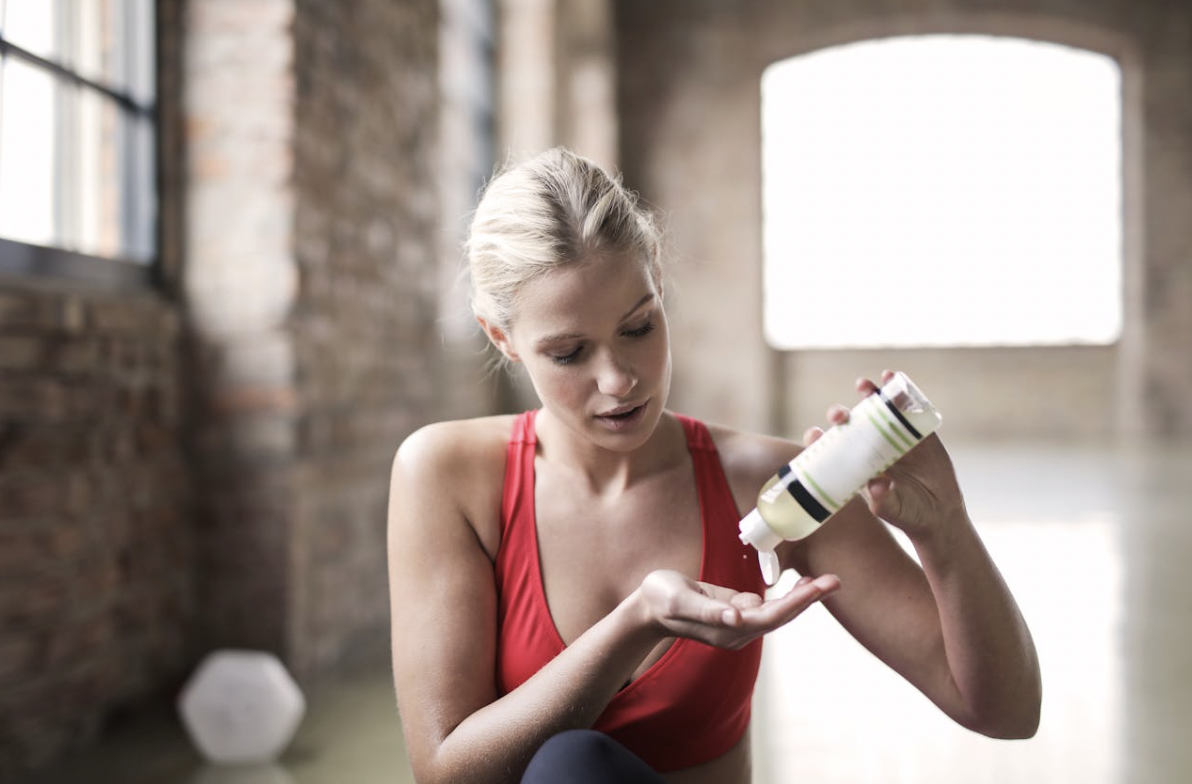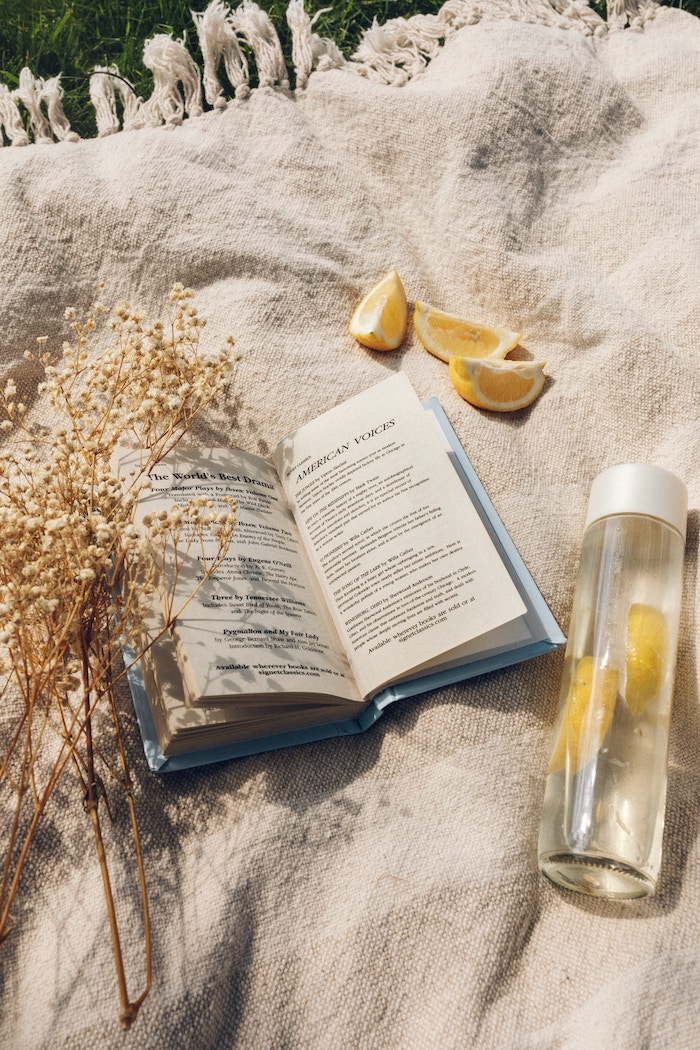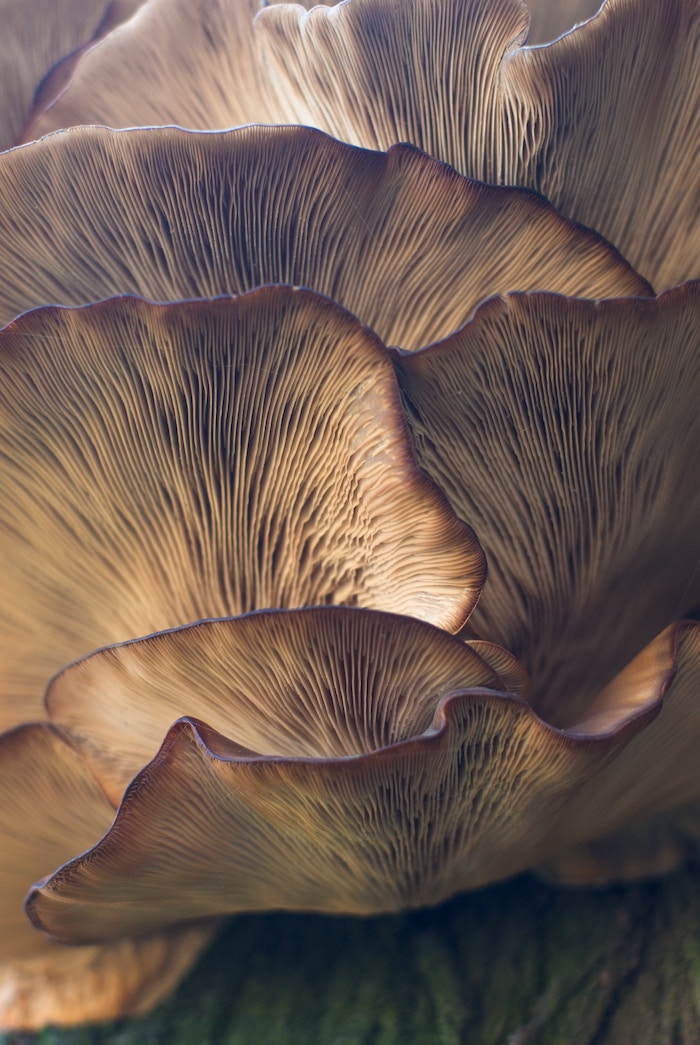
Here at Made with Lemons, our main goal is to help you make huge improvements in your health, mindset and life through simple healthy nutrition hacks. We’re always looking for ways to make positive changes with minimal effort. When things are easier to integrate into your life, it’s more likely that you’ll be able to form healthy habits from them.
From supercharging your hydration to swapping up your milk alternatives, find out how we improved our health with these simple healthy lifestyle changes that can help you see drastic improvements over time.
8 Simple and Healthy Nutrition Hacks to Try Today
Supercharging your hydration
We can’t stress enough how important your hydration is! It’s easily one of the most overlooked aspects of our health and wellness. There are a dozen guides out there about sleep and morning routines and eating healthy, but there’s not enough information around our hydration.
Did you know that just a 1.36% decline in hydration correlated with difficulty in completing tasks, lower concentration, and headache symptoms? It’s something you really don’t hear about often — how staying hydrated can actually help you focus throughout the day.
But that’s just it – water is so important. Today we’re going to share a few secrets to help you supercharge your hydration. You may have heard that drinking a big glass of water first thing in the morning can improve your entire day, but there’s a new ‘superdrink’ out there that’s changing your overall hydration throughout the day!
This recipe was designed by Dr. Dana Cohen, a functional medicine doctor based out of NYC.
The Super Water Recipe:
- 12-16 oz of water
- A pinch of sea salt or pink Himalayan salt
- Approx. 1 tbsp of lemon juice, seeds strained out
- Approx. 0.5 – 1 tsp of chia seeds
But isn’t salt dehydrating? Nope (at least not this kind). Pink himalayan salt contains electrolytes leading to faster water absorption = faster hydration.
Chia seeds absorb thirty times their weight in water and retain electrolytes to prolong hydration. The trick is to let this drink sit for 10-15 minutes before drinking it. Then the Chia seeds have time to soak up all the water they need. And make sure to start slowly with your seeds.
If you want to learn more about your hydration, definitely read Dr. Cohen’s book, Quench.
Chia seeds have so many benefits, which leads us to point two in this post… incorporating seeds and more specifically, chia seeds, into your diet.
But before we get into the health benefits of eating more seeds, we need to talk about another simple way to get more water… without having to drink more! Did you know that you can actually eat your water? The best part about eating your water is actually fewer trips to the bathroom! 8 glasses of water a day usually equals eight trips to the loo, but when you eat water-rich foods, you absorb the water more slowly – because it’s trapped in the structure of the food. Slow absorption means that the water from food stays in our bodies longer, with a ton of additional benefits.
Easy ways to ‘eat your water’
- Cucumber (they’re 95% water!)
- Zucchini/Courgette (also 95% water)
- Watermelon (92% water)
- Celery (95% water)
- Yogurt (1 cup of yogurt is made up of about 88% water!)
- Soup
- Apples
There are tons of ways that you can get more water throughout the day, without just going to the sink to drink more water. We love these creative ways to stay hydrated – because we know how ‘boring’ water can be sometimes.
Incorporate seeds into your diet
Another simple habit you can form is keeping seeds on hand to sprinkle on your meals. Seeds have a lot of nutritional value. For one, seeds are a great source of fiber. They also contain healthy monounsaturated fats, polyunsaturated fats and they’re full of vitamins, minerals and antioxidants – and they can help regulate your hormones naturally.
When eaten regularly, seeds can help reduce your blood sugar, cholesterol and blood pressure. And even though seeds have all of these health benefits, we rarely hear people saying, “Oh yes, I eat a lot of seeds!” One big problem is people don’t know what to do with seeds, and they don’t know what seeds to eat.
Like this post?
Sign up for our weekly newsletter and we’ll send you more awesome posts like this!
Some seeds to keep on hand (that also help you seed cycle to help with period symptoms): flax seeds, sesame seeds, sunflower seeds and pumpkin seeds.
Chia seeds are packed with fiber. They contain over 10g in 2 tablespoons. Both chia seeds and flax seeds help with your digestion (but keep in mind, it’s recommended that you choose ground flax seeds over whole seeds that can be harder to digest). And seeds in general are a great source of antioxidants, minerals and vitamins.
Easy ways to eat more seeds
- Mix ground flaxseed into your morning yogurt
- Use ground flaxseed in your baking
- Drink the morning super water we shared above
- Sprinkle chia seeds onto your cereal in the morning
- Sprinkle seeds into your salas
To support your hormones, you can practice seed cycling: the practice of eating specific seeds during your menstrual cycle to help promote the healthy balance of estrogen and progesterone levels.
During your follicular phase (day 1-13), add 1-2 tbsps of pumpkin and flax seeds daily.
During ovulation and your luteal phase (day 14-28), add sunflower and sesame seeds.
However you choose to incorporate more seeds into your diet, we know this small swap will help you see huge improvements in your health.
Eating your food in the right order
Did you know that the order you eat your food in can make a difference in how your blood sugar spikes throughout your meal and throughout the day? In fact, one study shows that you can decrease your glucose by almost 74%, just by changing up the order that you eat in.
The ideal order to eat:
- Vegetables first
- Protein and fats second
- Starches and sugars last
That can look as simple as, not eating the complementary bread as soon as it’s set down on the table. Instead, wait to eat your meal before having any bread. Or when you’re cooking at home, simply start with your veggies, then eat your protein and fats, followed by any starch or sugar. This goes for drinks as well – remember how sugary your drinks can be, even something as simple as iced tea!
Mindful eating
While you’re thinking about the order you’re going to consume your meal in, you can also think about being more mindful while you eat. Eating has become a very passive activity. It’s become too easy to work through your lunch, scrolling on your phone or answering emails instead of focusing on the meal in front of you. Or watching the tv through dinner, completely forgetting what you’ve eaten by the time the meal is over.
Becoming more mindful of your eating can make a big difference in your energy levels, hunger and attitude as you go through your day.
You can practice mindful eating by:
- Take a deep breath and think about why you’re eating. Be honest, there’s no use lying to yourself. Are you eating because you’re hungry? Bored? Sad?
- Engage your senses while you’re cooking — notice the textures, smells, colors and tastes of your ingredients
- Turn off your phone, tv and other distractions while you’re cooking and eating
- Before taking your first bite, take a deep breath and a moment of gratitude for your food
- Breath between bites – slow down and notice the tastes and textures you’re eating. Take note of what you like and what you would want to improve or change
By eating more mindfully you’re taking time for yourself that you might otherwise rush through. This quiet moment can help you appreciate your food more, slow down and find more patience and joy as you grow throughout the day – remember, it’s all about the little things and taking time in your day to be mindful of those little things.
No ‘naked’ carbs
Repeat after me: “Carbs are not bad.”
Around here, carbs are not off-limits. But we also know that all carbs are not created equally, and a lot of carbs can leave you feeling sluggish and tired throughout the day. That’s why we like this idea of no ‘naked’ carbs.
It’s pretty simple, naked carbs are just carbs eaten alone. A carb that’s eaten without any other macronutrient, plain crackers, pasta, etc. Carbs on their own can cause spikes in your blood sugar, but when you pair them with something else, i.e. hummus, cheese, chicken, avocado, the added component helps to stabilize your blood sugar and protect from those spikes.
When your blood sugar is stabilized, you’ll feel full, focused and energized for longer.
Swapping up your milk alternatives
There is a lot of debate happening in the wellness space around oat milk, so what’s the verdict?
Oat milk, compared to other non-dairy alternatives, has a much higher carb and sugar content - and certain brands of oat milk do contain added sugars and oils, especially if you’re buying flavored oat milks.
Soy milk is going to have the most protein with almost 7 grams of protein per cup, while almond milk only has 1 gram. Oat milk is likely going to have more calcium, vitamin D and B12 (because it’s been fortified with these vitamins) than other plant-based milks. Almond milk is going to have the least amount of calories and sugar.
The good thing about (unsweetened) almond milk is that it’s going to be a low calorie, low sugar alternative. Almond milk is high in fat and protein, compared to its carb content. Because of this, it doesn’t cause a spike in your blood sugar levels – which can help you stay more energized and healthy throughout the day.
No matter what milk alternative you choose, remember that unsweetened is always your best bet because all sweetened alternatives tend to contain a lot of sugar. The best advice is to scan the ingredients and pick a milk that matches your specific health needs, depending on sugar, carbs, dairy or nut intake.
Switching to Whole Foods
You might be surprised to know how much of our food (especially in the US) is processed – including healthy foods that we love! One thing you can do to drastically change your diet is switching to whole foods.
When you’re switching to whole foods, you’re looking for the food in its purest form. An avocado is a whole food so, using an avocado to make guacamole is going to mean your guacamole isn’t going to have the same processed ingredients in it that the store bought kind has.
Obviously, the easiest way to eat more whole foods is to cook more. When you are able to make your own meals and snacks, you’ll be able to buy more whole foods and turn them into the delicious things you normally buy. This can be overwhelming after a long day's work, but it doesn’t have to be if you set aside some time for meal prep. And the biggest step here is to just be patient with yourself. Like we already said, nothing is off-limits here! The more whole foods you are able to eat, the better – but you don’t have to immediately start eating 100% whole foods.
Adding another fruit or vegetable to your day
A healthy diet can help your weight management, energy levels, sleep, brain health and so, so much more. We cannot stress enough how important it is to eat a healthy and balanced diet. And while you might think you’re eating a balanced diet, chances are you’re still not getting enough fruits and vegetables in your day. A simple healthy lifestyle change you can implement today is eating one more fruit or vegetable in the day.
Studies show that only 10% of adults are actually getting enough fruits and vegetables in their diets every day.
It can be simple. For example, you might love apples and always keep them stocked in your kitchen, but find you’re not eating them throughout the day because it seems like too much of a hassle to actually cut up and prepare them as a snack. Instead, when you brew your coffee or prep your meals for the day, pre-cut up your apples so they're an easier snack to grab midday.
You can do this with any snack that you like to eat - you can wash and prepare carrots and celery or even pre peel your oranges.
Another way that you can incorporate more vegetables into your day can be things like experimenting with veggie noodles and you don’t need a vegetable spiralizer to do this! You can use a grater or simply cut vegetables into the shapes that you want. By making veggie noodles or simply incorporating a couple of vegetables into your pasta sauce, you can easily get a few more servings a day.
These eight simple swaps are going to help you drastically improve your health overtime. From staying hydrated to sneaking an extra vegetable into your diet, taking care of your body is the most important thing you can do for yourself! And most of the time, taking care of your physical health helps increase your energy levels throughout the day, improves your mood and helps with your mental health.
Which of these simple swaps will you start with?






+ show Comments
- Hide Comments
add a comment